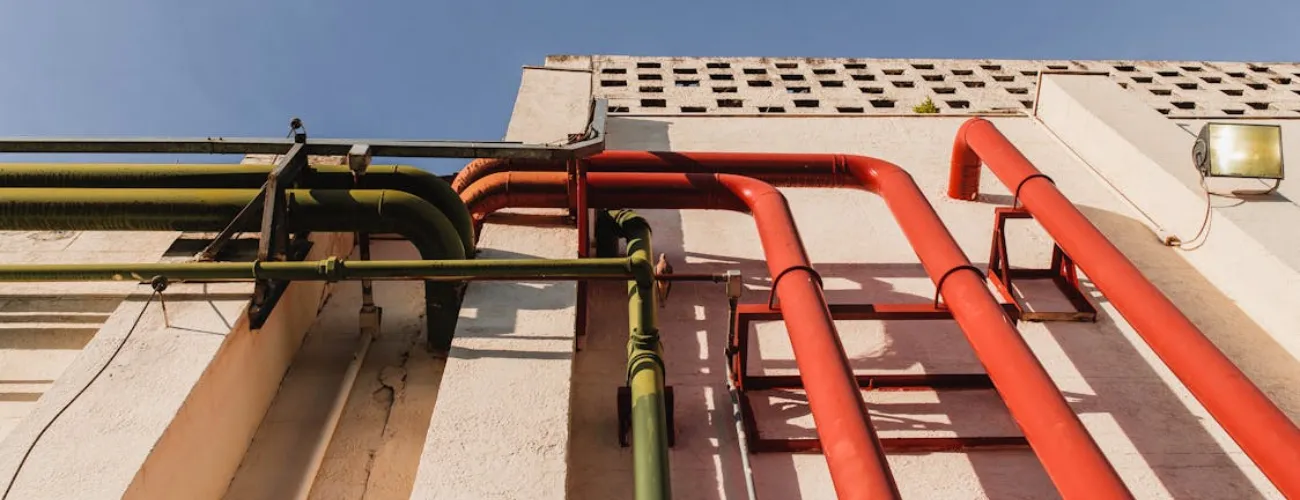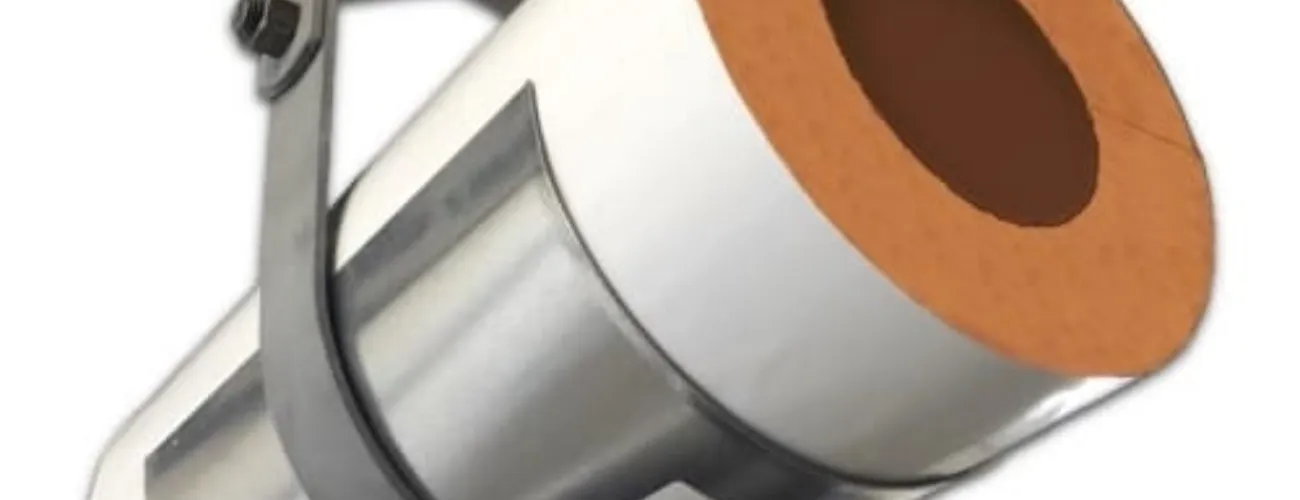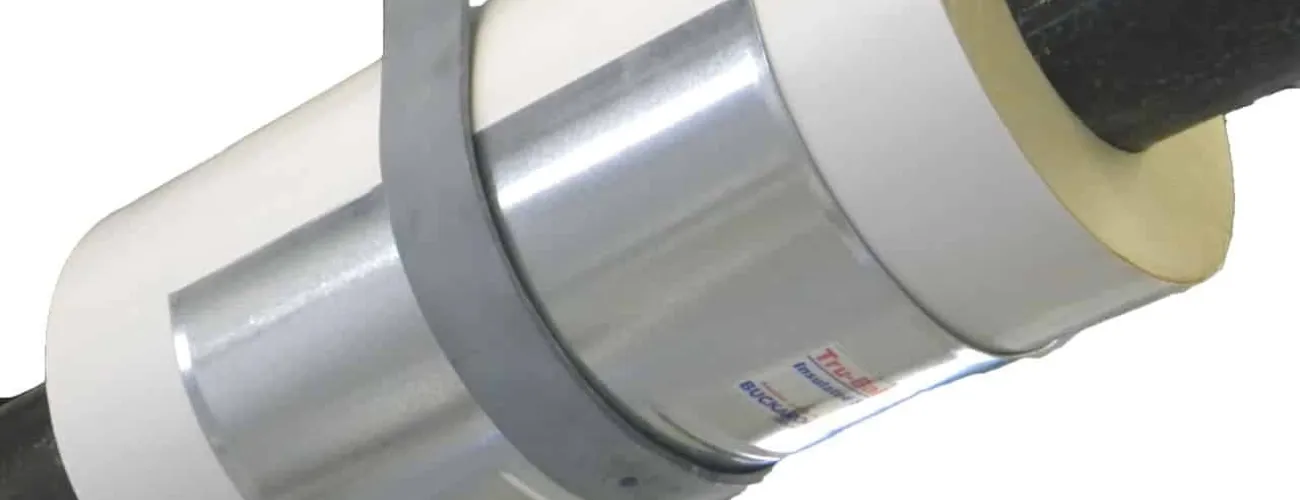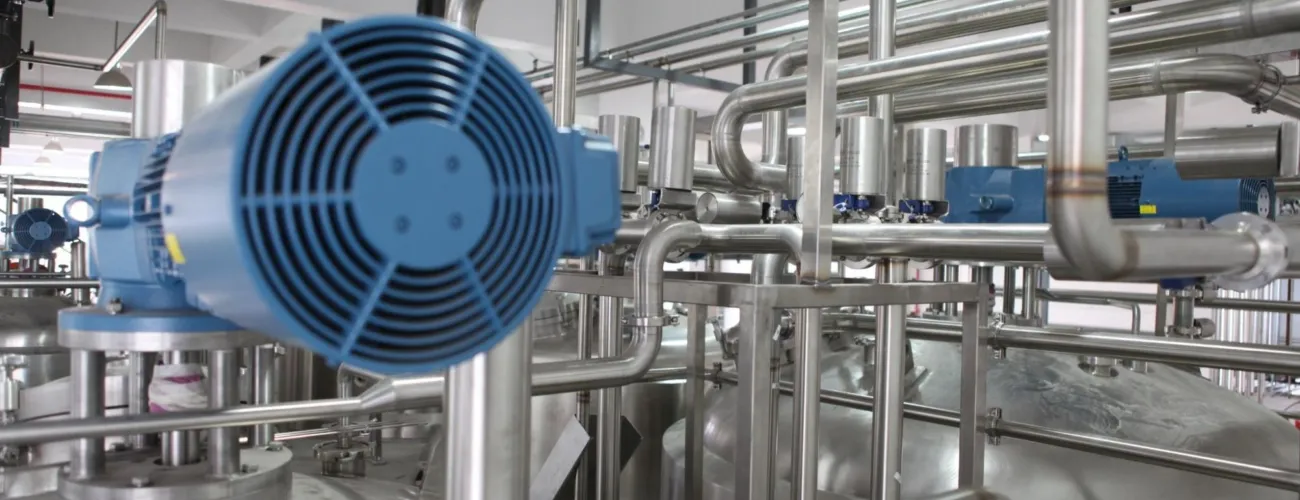Fire-Rated Pipe Insulation Explained
Fire-rated pipe insulation is an indispensable component in modern construction and maintenance that is designed to provide a crucial defense against fire hazards.
This article explores the vital aspects of fire-resistant, fire-proof, and fire-retardant pipe insulation by describing the pivotal standards that govern their application and the diverse types of insulation suited for different scenarios.
Understanding the Fire Risks Associated with Pipelines
Learning about the risks associated with pipelines helps us better understand the importance of having effective fire-rated pipe insulation.
Let’s take a closer look at some of the most common risk associated with pipelines:
Transported Materials and Operational Hazards
Pipelines can pose a significant fire hazard due to the materials they transport and the environments in which they operate. Many pipelines carry flammable substances like natural gas, oil, or chemicals, which can ignite if the pipe leaks or ruptures.
Environmental and Structural Vulnerabilities
The risk is especially high in industrial settings where pipelines are exposed to high temperatures, mechanical damage, or corrosive elements that can weaken their structure over time.
Proximity to Residential and Commercial Areas
Pipelines often run through or near residential and commercial areas which makes the potential impact of a fire even more dangerous. In poorly insulated systems, the heat from hot pipes can ignite nearby combustible materials that can lead to rapid fire spread.
Electrical Risks and Insulation Importance
Electrical conduits running alongside or near pipelines can also pose a risk if faults occur, potentially sparking a fire. Proper fire-rated insulation for pipelines is crucial not only to protect the pipes themselves from external fire threats, but also to prevent the pipes from becoming ignition sources.
The Role of Fire-Rated Insulation
By providing a thermal barrier, fire-rated insulation helps maintain the temperature within safe limits and reduces the likelihood of a fire starting or spreading from the pipeline.
Detailed Fire Safety Standards for Fire-Rated Pipe Insulation
Understanding the specific fire safety standards and classifications is crucial when selecting fire-rated pipe insulation. Two key standards commonly referenced globally are ASTM E119 and UL 1709, each serving to evaluate the fire resistance performance of building materials, including pipe insulation.
ASTM E119: Standard for Fire Resistance
ASTM E119 is mainly used in building construction to test how different materials hold up against fire. It uses a curve that shows temperature changes from room temperature to 2,000°F over up to four hours to mimic fire conditions. The materials are judged on their ability to stop fire spread and keep their strength during this time. This test is crucial for figuring out how long a material can resist fire and still support the building.
UL 1709: Rapid Rise Fire Tests of Protection Materials
Unlike ASTM E119, UL 1709 is designed for extreme conditions like hydrocarbon fires, where temperatures can reach 2,000°F in just five minutes. This standard is crucial for industrial settings, especially in the petrochemical industry, due to the high risk of fast-spreading fires. Insulation materials tested with UL 1709 are checked for their ability to protect structures and quickly keep temperature increases under a certain limit.
Both standards play a pivotal role in guiding the selection of fire-rated pipe insulation by ensuring materials are capable of withstanding the types of fire scenarios they may encounter in their intended applications.
The Critical Role of Fire-Rated Pipe Insulation
Fire-rated pipe insulation plays a pivotal role in enhancing building safety by providing a critical barrier against the spread of fire and smoke:
- This type of insulation is specifically designed to resist high temperatures and prevent the propagation of flames to help contain fires within designated areas.
- Its use is vital for maintaining the structural integrity of buildings during fire incidents.
- By slowing the spread of fire, fire-rated insulation provides more time for occupants to evacuate safely and reduces the potential for extensive property damage.
Furthermore, it contributes to the overall fire safety strategy of a building by working in conjunction with other fire protection systems to ensure a comprehensive defense against fire hazards.
Types and Grades of Fire-Rated Insulation

Selecting the right fire-rated insulation involves understanding the different materials available.
Mineral Wool Insulation
What is it?
Mineral wool insulation, including rock wool and slag wool, is made from natural inorganic fibers. These fibers are produced from molten rock or slag that is spun into a fibrous material.
Why is it good for fire-rated pipe insulation?
Mineral wool is non-combustible and can withstand temperatures above 1,000°C, which makes it ideal for fire resistance. It achieves an A1 fire rating, indicating no contribution to fire and no significant smoke production. Its high melting point and thermal properties prevent the spread of flames and heat to provide excellent fire protection in various construction applications??
Fiberglass Insulation
What is it?
Fiberglass insulation consists of fine glass fibers woven into a material. It’s commonly used in residential and commercial buildings for thermal insulation.
Why is it good for fire-rated pipe insulation?
Fiberglass insulation is typically assigned an A1 to B fire rating. It is non-combustible and does not contribute to fire spread, although it may have a paper or foil backing that can burn. When installed correctly and without combustible facings, it effectively contains fires and limits flame spread, which makes it suitable for areas that require moderate fire protection?.?
Phenolic Foam Insulation
What is it?
Phenolic foam insulation is a type of rigid foam insulation made from phenolic resin. It offers excellent thermal performance and is lightweight.
Why is it good for fire-rated pipe insulation?
Phenolic foam typically has a fire rating of B to C, and is known for its low smoke and flame spread characteristics. It performs well in fire tests, often forming a char layer on its surface that helps to insulate the material and prevent the spread of flames. This makes it a good choice for ductwork, ceilings, and areas where higher levels of fire resistance and low smoke emission are crucial??.
Mechanical Insulation’s Role in Firestopping
Enhancing Building Safety Through Energy Efficiency
Mechanical insulation, commonly applied to HVAC systems, plumbing, and ductwork, plays a crucial role in a building’s fire safety strategy. Its primary function is to enhance energy efficiency by controlling the temperature of mechanical systems.
Firestopping Capabilities of Mechanical Insulation
However, it also serves as a vital firestopping measure, particularly in areas where pipes and ducts penetrate walls or floors. In fire safety terms, “firestopping” refers to the practice of sealing openings and joints in fire-resistance-rated walls, floors, and ceiling assemblies.
Integrity Maintenance in Fire-Resistance Barriers
Mechanical insulation, when applied around pipes and ducts that traverse these barriers, effectively acts as a sealant. It helps maintain the integrity of the fire-resistance-rated separations between different areas of a building.
Dual Functionality in Thermal Management and Fire Containment
The dual functionality of mechanical insulation is significant because it contributes to both the thermal management and fire containment within a structure. By preventing the passage of fire and smoke through building cavities, mechanical insulation helps limit the spread of fire to protect the building’s structure and provide occupants more time to evacuate safely.
Thermal Performance and Cost Efficiency
Beyond fire safety, pipe insulation contributes significantly to thermal performance and energy efficiency. Proper insulation maintains consistent temperatures, reduces energy consumption, and can lead to substantial cost savings. For instance, HVAC pipe insulation ensures optimal operating efficiency, which is crucial for both energy conservation and fire protection??.
Integrating Comprehensive Fire Protection Strategies
Incorporating comprehensive fire protection strategies is essential, where fire-rated pipe insulation plays a pivotal role alongside safety measures such as fire doors and alarms.

Specialized products like Buckaroos® fire-rated pipe supports, including the
CoolDry™ Insulated Pipe Supports are crucial in this context. These supports, designed for chilled water applications, are equipped with fire-resistant Polyphen™ rigid phenolic foam insulation. They accommodate linear expansion and contraction, and meet ASTM E-87 Class A standards for flame spread and smoke development.
Buckaroos® CoolDry™ Sliding Saddles further complement these systems, and are designed for reliable, fire-safe support in dynamic piping environments.

Make Buckaroos® a Part of Your Fire-Rated Pipe Insulation Protection Plan
Fire safety is a paramount concern in construction and maintenance, which necessitates the use of reliable fire-rated solutions. Buckaroos® is a leader in providing fire-rated insulated pipe supports that meet the highest standards of safety and efficiency.
By choosing us, you’re partnering with a company committed to delivering innovative fire-rated pipe insulation solutions that ensure compliance and safeguard your projects.
Contact us today for more information

Carrie Powers
Carrie channels her passion for innovative solutions in the construction industry for Buckaroos. With a deep understanding of Buckaroos' leading insulated pipe support systems and insulation protection shields, Carrie ensures that building owners, engineers, and installers are well-equipped with the best tools and products. Her dedication to digital transformation and customer engagement helps Buckaroos maintain its reputation as a trusted resource for professional insulators across North America and Canada.
Featured articles
Industrial Pipe Hangers and Supports
Steam Pipe Insulation 101: Materials and Supports
8 Types of Pipe Supports and Their Features
Understanding Industrial Pipe Insulation and the Options





